Activision confirms the use of AI-generated visuals in the latest iterations of the ‘Call of Duty’ franchise. This revelation marks a significant step in game development and sparks discussions about the future of visual content creation. The company states that AI tools assist in creating certain textures and environmental details within the game. This process speeds up development. It also allows for more detailed and varied visuals.
The company clarifies that AI does not replace human artists. Instead, it acts as a tool to enhance their work. Developers use AI to generate base textures or variations of existing assets. Artists then refine and integrate these elements into the game. This process allows them to focus on higher-level design and creative tasks.
The use of AI visuals comes as the gaming industry increasingly explores AI applications. These applications include procedural generation, character animation, and level design. Activision’s approach focuses on a practical application of AI to improve workflow. This method allows them to produce content at a faster pace. Development cycles are shortened. This is important for a franchise that releases new titles annually.
Activision’s public statements address concerns about AI replacing human jobs. Company representatives stress that AI helps artists. It does not replace them. They emphasize that human creativity remains essential to the game’s aesthetic and design. The company explains that the AI is a tool. It is a tool used by artists. The tool creates a foundation. Artists then build upon that foundation.
The specific AI models or tools used by Activision remain undisclosed. The company states that they use proprietary technology and commercially available AI solutions. They have developed internal tools. They also use tools from other companies. The focus is to make the work faster. The focus is to make the work better.
The use of AI in ‘Call of Duty’ reflects a broader trend in the gaming industry. Other studios also explore AI’s potential in visual content creation. These explorations include the generation of environment assets and character models. The goal is to produce high-quality visuals more efficiently.
The company states that player feedback is important. They monitor player reactions. They also monitor community discussions. This feedback helps them refine their use of AI. The company states that the goal is to improve the player experience. The goal is not to replace human artists.
Activision’s confirmation comes after reports and speculation from industry insiders. These reports suggested that AI played a role in recent ‘Call of Duty’ releases. The company’s statement provides official confirmation. It also clarifies the extent of AI’s use.
The company explains that AI is used to create repetitive or time-consuming visual elements. Examples include terrain textures and background details. AI assists in generating variations of these elements. This allows artists to focus on more complex and creative tasks.
The company’s approach aims to balance AI-generated content with human artistry. This balance ensures that the game maintains its visual quality and artistic direction. The goal is to provide a consistent visual style. This style is known to ‘Call of Duty’ players.
The use of AI in visual content creation raises questions about copyright and ownership. The company states that they own the generated assets. They have legal agreements with AI tool providers. They also have internal policies. These policies address copyright issues.
Activision provides no specific data on the percentage of AI-generated visuals in the game. They state that the use of AI varies depending on the specific assets and development needs. The company’s focus is on the overall quality of the game.
The company’s confirmation of AI visuals in ‘Call of Duty’ sparks a wider discussion. This discussion is about AI’s role in creative industries. The gaming industry is at the front of this discussion. The industry is exploring how AI can assist in content creation.

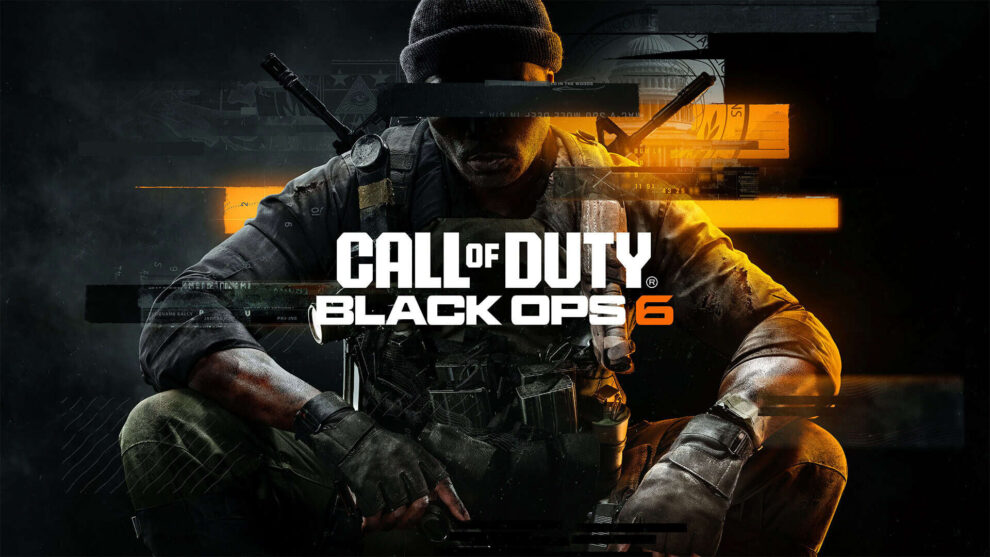

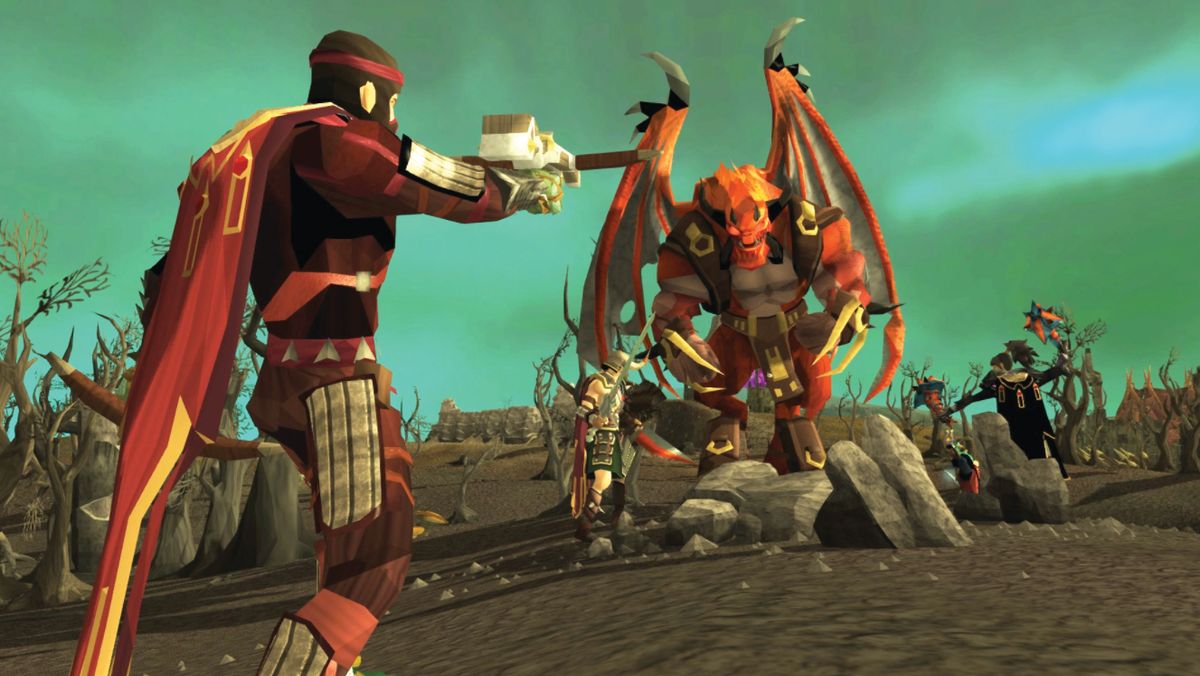
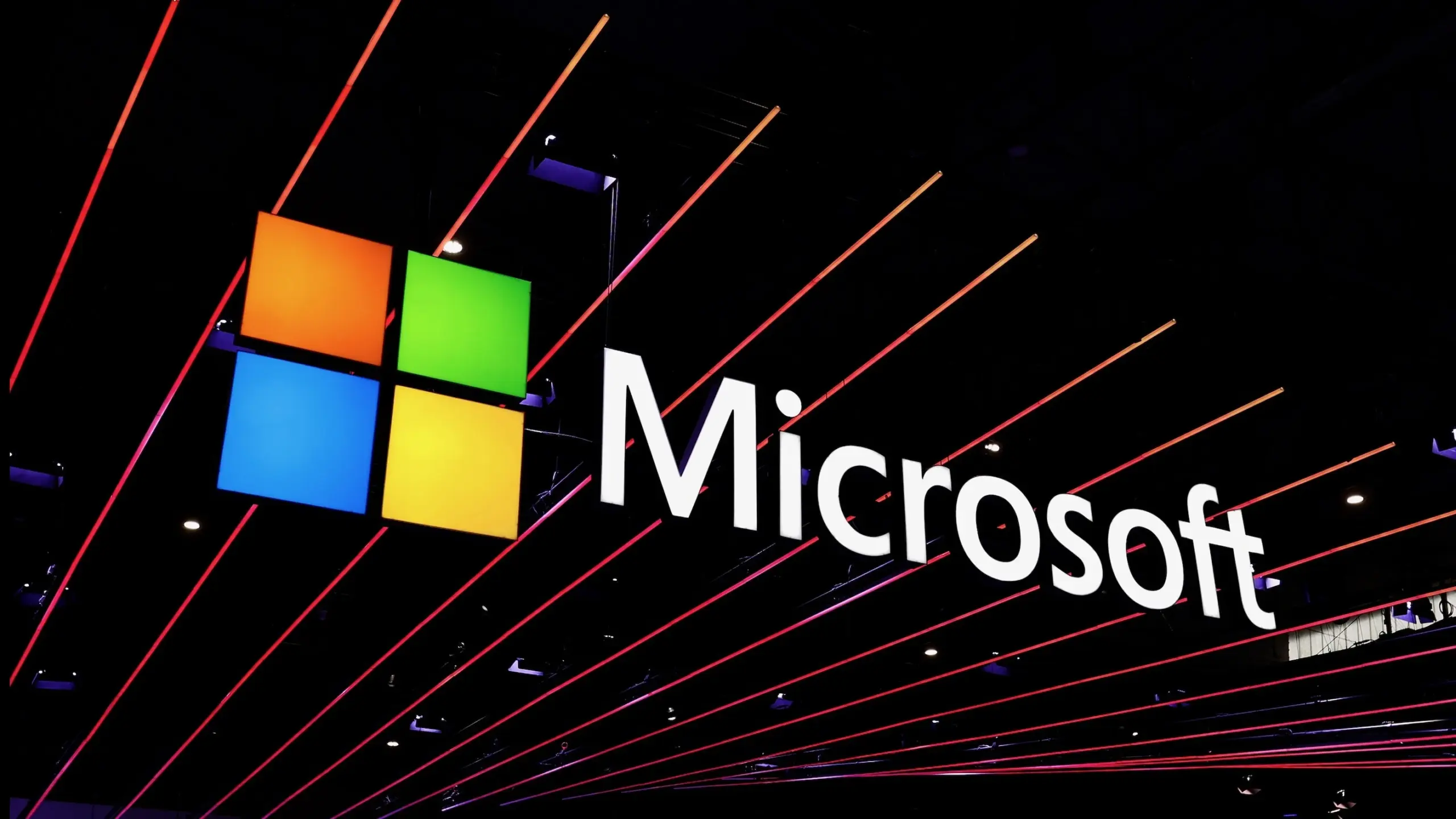
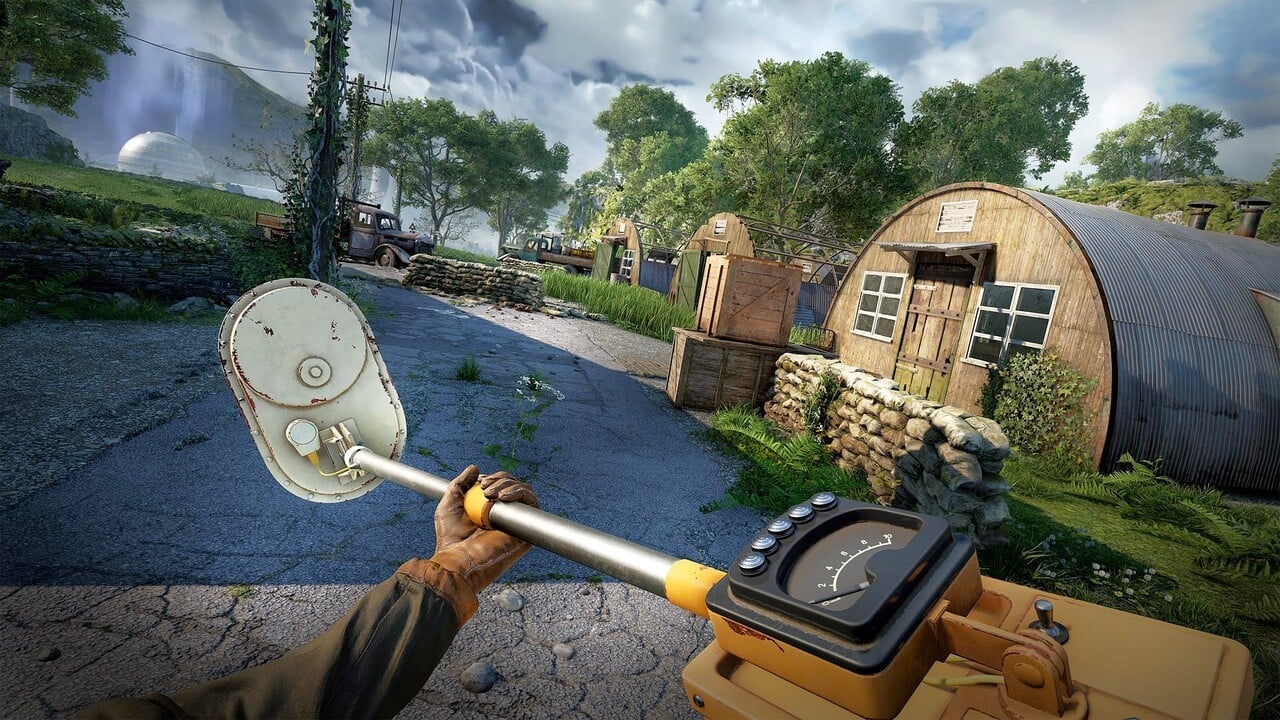
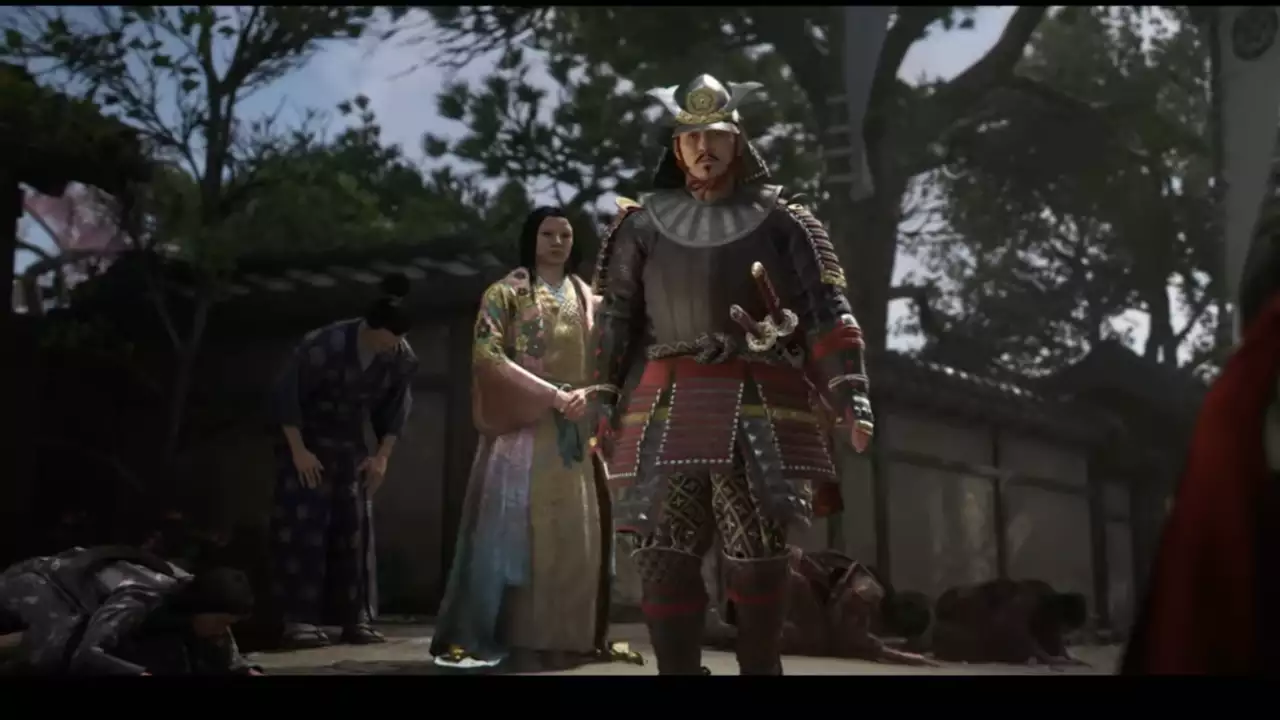


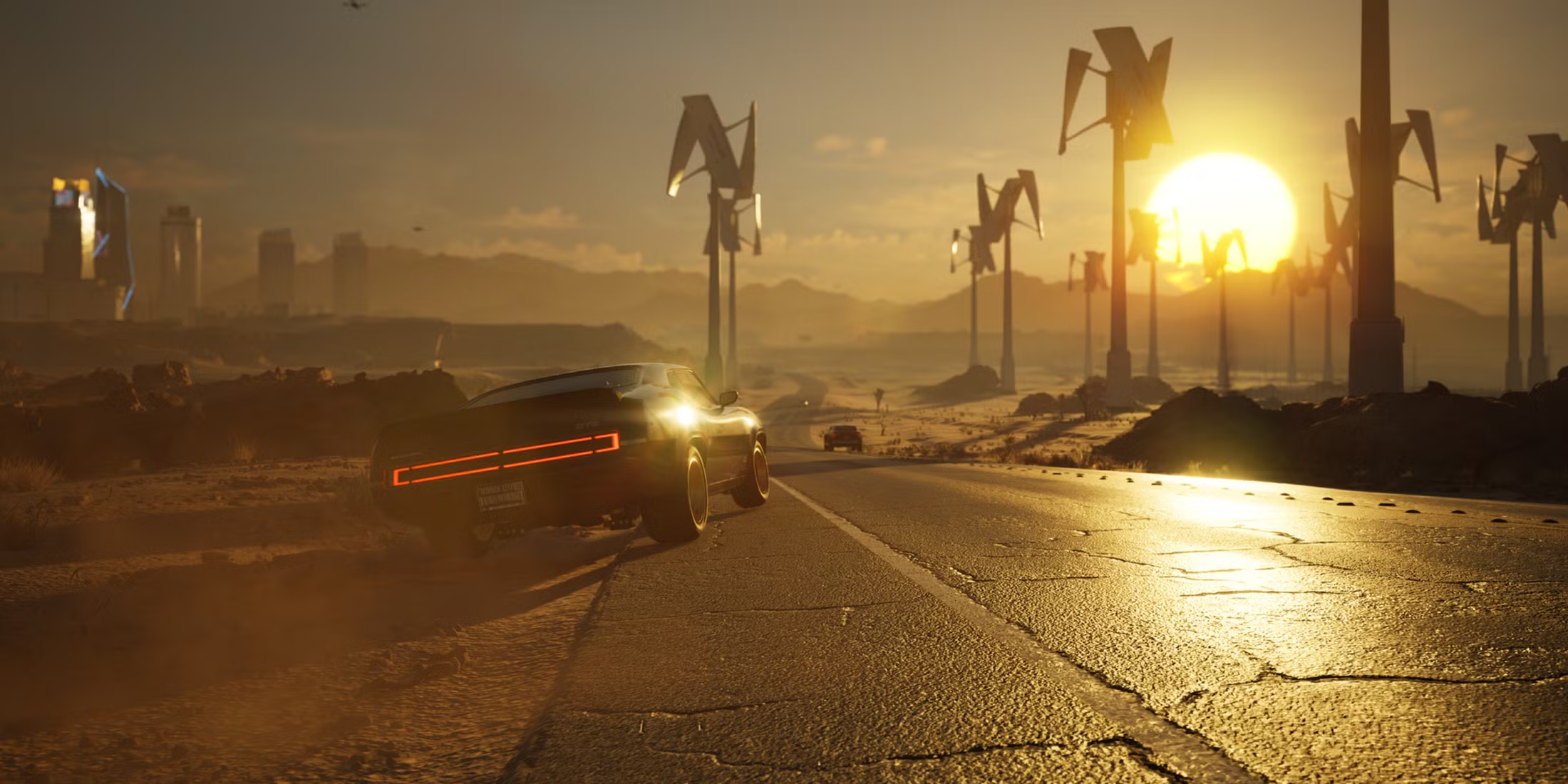
Add Comment